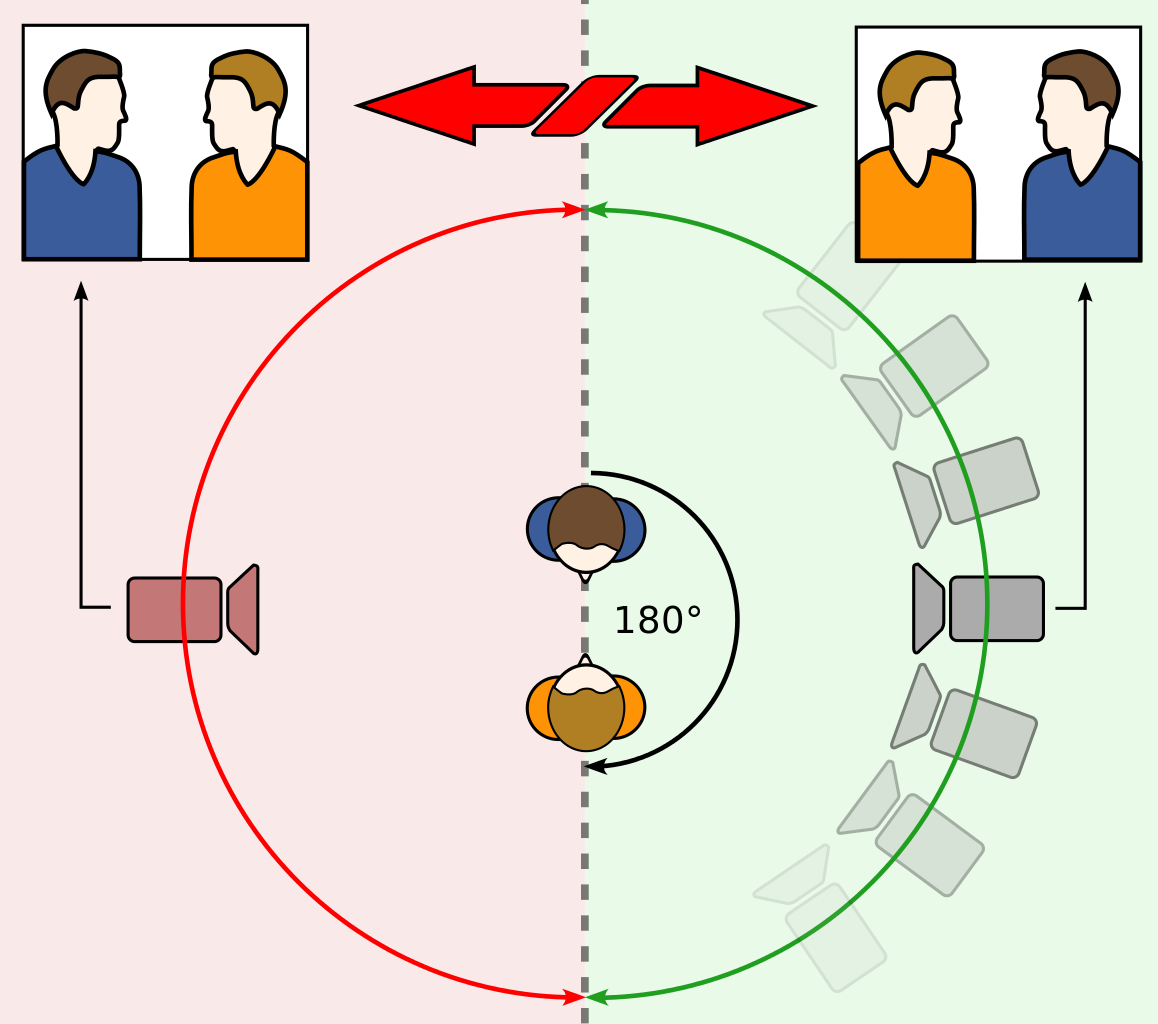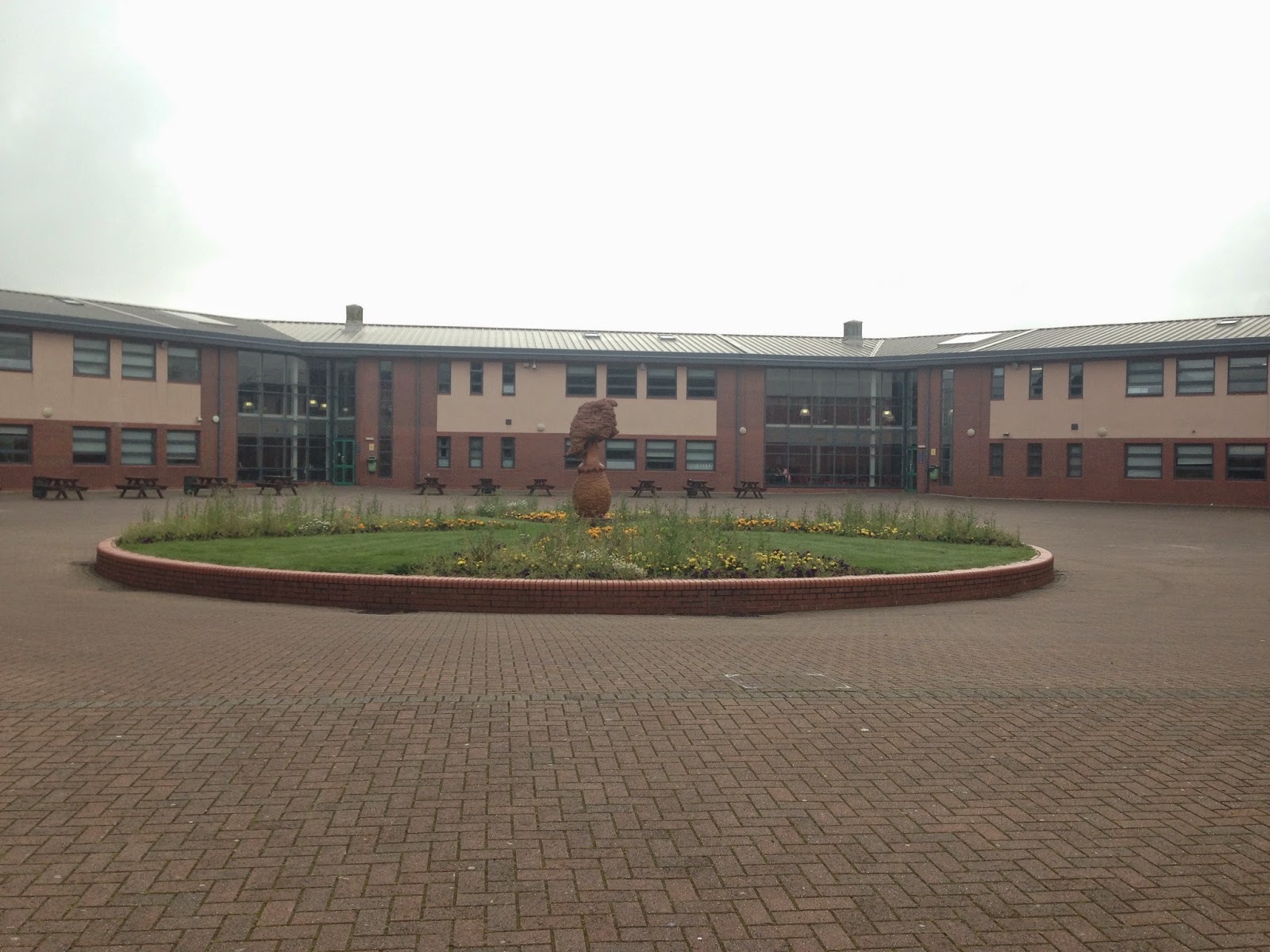As part of our continuity task, we have to create a storyboard of our short clip of film. Our final film is a opening to a thriller so we decided to play with this in our preliminary task as practice. We decided to make it into a hostage situation between two people. Our storyboard is as follows:
Our storyboard shows the camera shots that we will use in the short film clip. Although the drawings and notes are basic, they describe the shot types and the camera movements needed.
The storyboard will help us keep on track and show us which shots should go where when we reach the editing stage. It will also help us manage our time effectively to ensure that all the shot are filmed how we want them to be filmed.
However, we can still make changes to the film as the storyboard is a rough guide rather than an exact representation of what we must follow.











